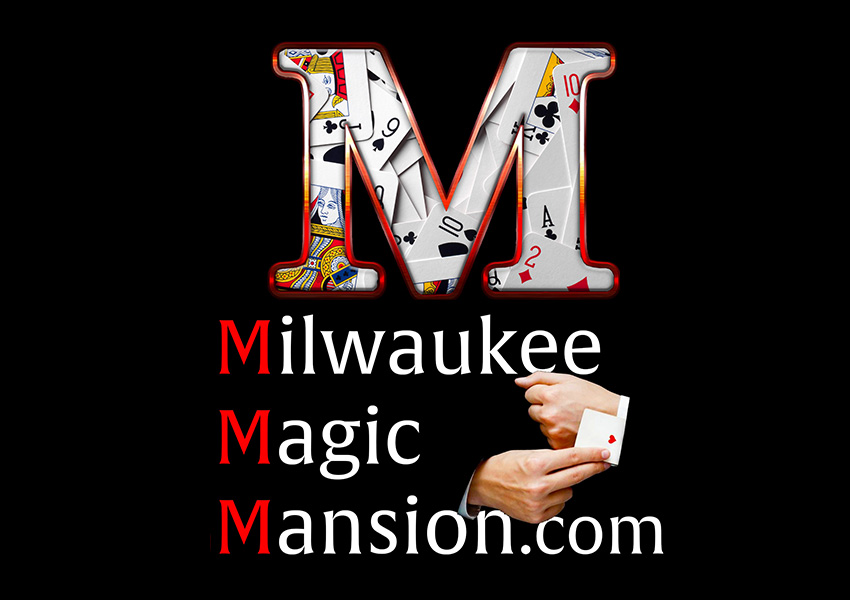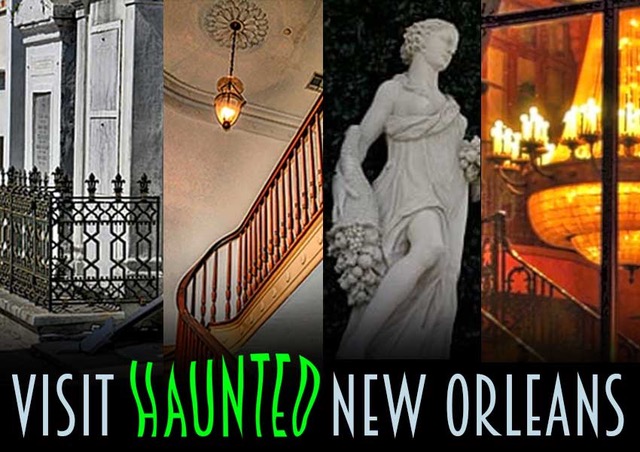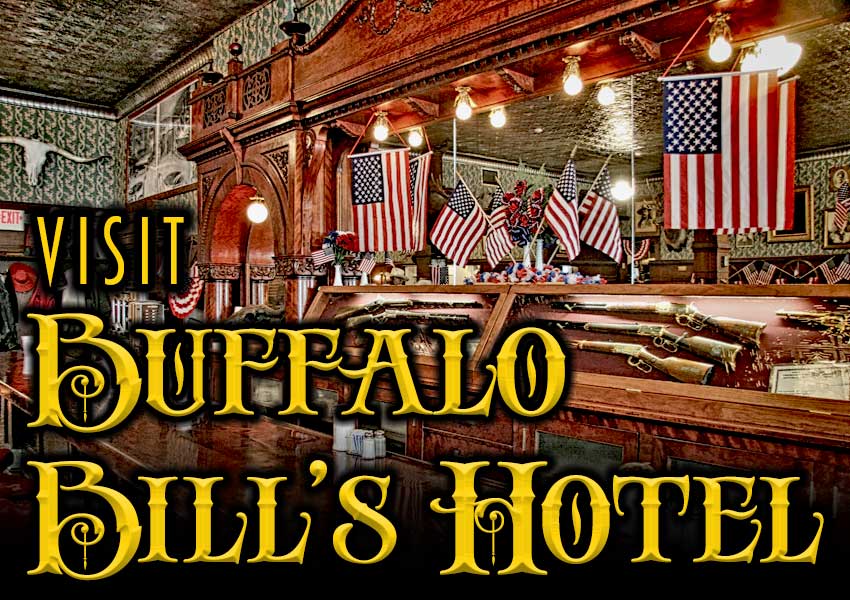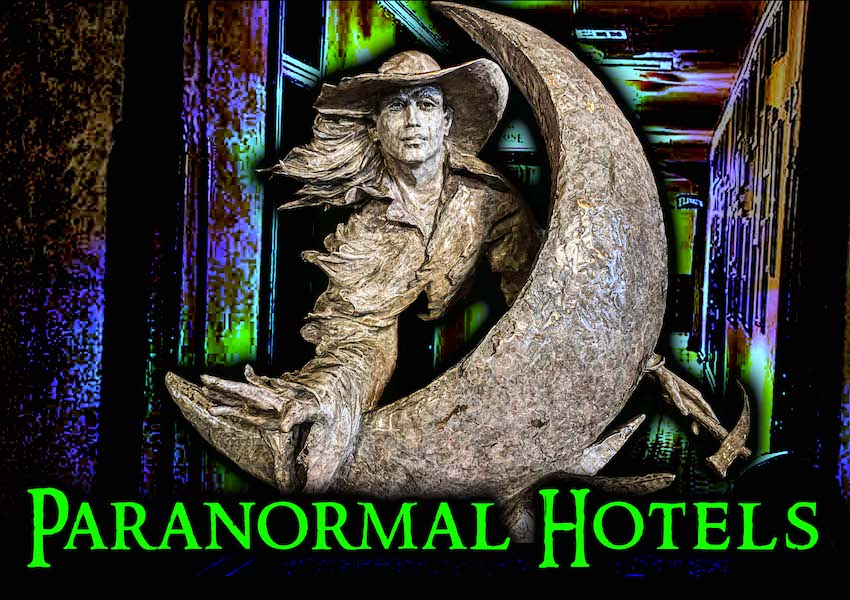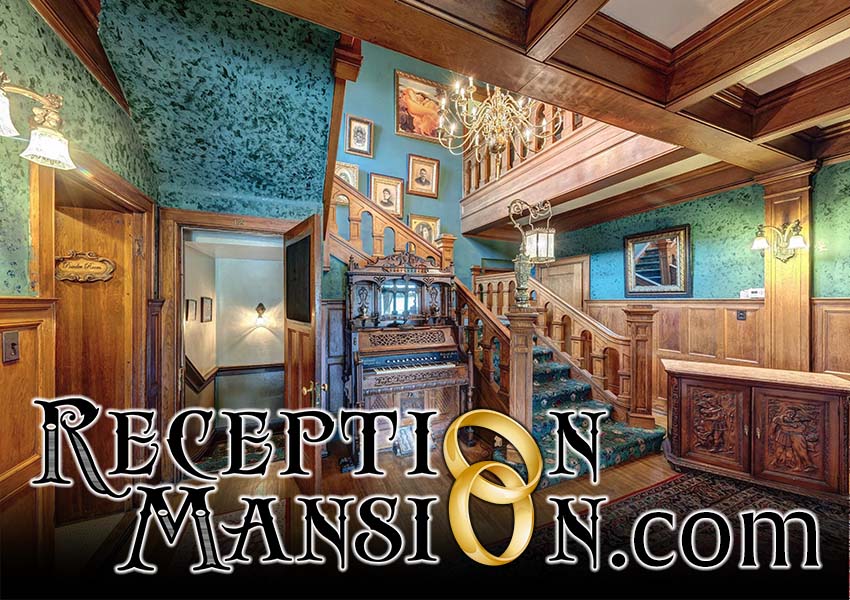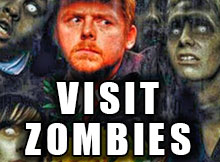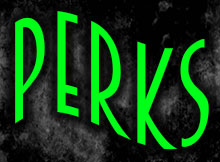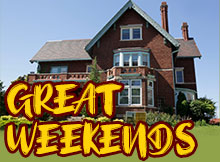Shreveport Louisiana
Spring Street Historical Museum
People who love their business or job, sometimes like to stay to remember good times.
Accidental deaths can lead to lingering Spirits.
DESCRIPTION
The Spring Street Historical Museum describes itself on its website as being a “Museum in an 1860s bank building tracing Shreveport’s history with diverse exhibits & artifacts.”
At some point, a Shreveport courthouse was built right beside The First National Bank of Shreveport. It looks like the building is attached to the bank building but I was shown a crack between buildings. At first, Tom and I thought this building on the right was the museum. Then, we finally figured out that the bank building was on the very end. The fancy design on the outside gave it away.

THE OUTSIDE of this building is sturdy, practical with beautiful artistic touches; all what you would expect from a bank building. The build has solid structural bones, built to last for years. There are carved wooden doors that lead inside.The second floor has a fancy lantern hanging in the middle of a New Orleans style porch, including the traditional ironwork.
This small historical building was restored according to its 1886 structure; complete with bank vault. When you walk into the front door, there are a boatload of interesting historical exhibits.. Along the walls of the stairway to the second floor there are some very interesting photos of the Jacob family.
At the top of the stairs before the visitor enters the living space, there is also a little office just to the left of the top of the stairs before the visitor enters the living space.
The second floor room just above the main floor is a beautiful 1886, high class living space with doors that open onto the New Orleans style porch. It was a place to stay overnight as well as an office to talk business or have lunch/dinner brought in, as there was a dining area. There is a cupboard of dishes, a fireplace, comfortable furniture and door that opens, leading to the New Orleans Balcony.
There is a basement which is now used for storage and a workshop for the maintenance man whom Tom and I got to meet.

HISTORY
The beginning journey of this oldest building in Shreveport started with the immigration of two Jewish men seeking a better life in America. Ephraim Jacobi was born in 1822 in Pomerania which is located in southern Germany. At the age of 22, in 1844, he immigrated to America with his brother Benjamin; never to return home again. Perhaps the Jacobi bothers had economic restrictions in the old country because of their faith. When they arrived in Shreveport in 1844, they changed their name;Jacobi to Jacobs. Ephraim changed his name to Edward. Both brothers married non-Jewish women for good measure.
Ed and Dan opened their business, E and B Jacobs in a building that stood right on the spot, near the corner of Milan and Spring that was the main street leading to downtown. Ed Jacobs later built the Jacobs bank building twenty-six years later.
Ed and Dan in their store on Spring Street sold groceries, dry goods, hardware and liquor. They were friendly and personable, making a lot of friends in Shreveport. The people appreciated Dan and Ed’s intelligence, work ethic and “progressive ideas.”

He and Dan and their families were living the American dream. Edward and his beloved Palestine L. Jacobs had 12 children, though only 8 are mentioned on the website, findagrave.com. Out of the 8 children listed, all four sons died early. Edward at 8 months, Oscar at 3 years, Ernest at 24, and Walter at 48 in 1904.
Their store business excelled over the years. Edward diversified, buying land in the Caddo Parish. A bank was really needed in Shreveport, so Ed built a practical but beautiful bank building in 1866. During the construction, Ed Jacobs then stepped up to the plate and got the first banking charter in 1866, and opened First National Bank of Shreveport in the Jacobs family building.
Although stock was sold to other community members, giving them part ownership, Ed Jacobs and his son Walter owned a large portion. Wealthy businessmen who were friends of Ed Jacobs put their money in First National Bank of Shreveport. ED Jacobi died in 1896. Walter died in 1904. The National Bank was active until 1905 when they merged with Premier Bank. The family sold the bank building and it was bought by an insurance company.
For years, insurance companies made good use of this beautiful structure. The last business who opened here was a successful bar. The bar had an exclusive space in the basement.
At some point in the early 70s, this oldest building in Shreveport was a real fixer upper opportunity and was donated to Shreveport Committee of the National Society of Colonial Dames of America, who fully restored this building to its 1866 glory!
The historical Shreveport museum opened in 1977, with the stairway and second floor space dedicated to the life of the Jacobs family and Ed Jacobs.

HISTORY OF MANIFESTATIONS
People who love their business or job, sometimes like to stay to remember good times, supervise, or enjoy the efforts of the living; even offer encouragement. They try to be involved as they can in spirit form.
Ed Jacobs really enjoyed being a banker and being in his second floor space.
Children who die from a dumb kid accident, sometimes like to stay in a building nearby, if they didn’t actually die in the building. The spirit of the boy could have died in the street outside; being run over by a vehicle or kicked by a horse. Inside, he could’ve broken his neck from falling down the very steep stairs leading down to the basement workshop.
Spirits have been known to attach themselves to items that meant a lot to them while alive. Perhaps the spirit of the boy has attached himself to an item that is stored in the basement or is part of a historical display.

MANIFESTATIONS
Staff and visitors have had personal experiences since the building has been restored.
During Shreveport’s inaugural Paranormal Festival in 2013, a Shreveport paranormal investigation group, along with ghost hunter, author Cheri Cohen, investigated the Spring Street Historical Museum. They saw a shadow in the basement, got an EVP of a small boy. They also got two EVPs from the spirit of ED Jacobs. They asked him what his name was, and how many people were in the room. He aced both questions.
Spirit of Ed Jacobs
Footsteps have been heard on the second floor while being on the first floor. No one was on the second floor.
The museum curator often sits in the small office just off the top of the stairs, that lead into the second floor space. A spirit liked to pet her hair. When she asked Ed to stop, he did.
His unseen presence is strongly felt on the second floor space, He seems to enjoy sitting on one of the comfortable chairs.
A shadow is seen down in the basement workshop.
Spirit of a young boy
His disembodied voice is heard as well in the museum.
STILL HAUNTED?
Yes Indeed! Ed Jacobs is very much like he was when alive. Friendly, personable, supportive and pleased that there is a museum in his building, walls of pictures dedicated to his family, and his special space on the second floor!
LOCATION
Spring Street Historical Museum
525 North Spring Street,
Shreveport, Louisiana
The Spring Street Historical Museum is located on Spring Street, between Terxas Street and Miliam Street, about 2 blocks west of the Red River.
Our Haunted Paranormal Stories are Written by Julie Carr
Our Photos are copyrighted by Tom Carr
Visit the memorable… Milwaukee Haunted Hotel






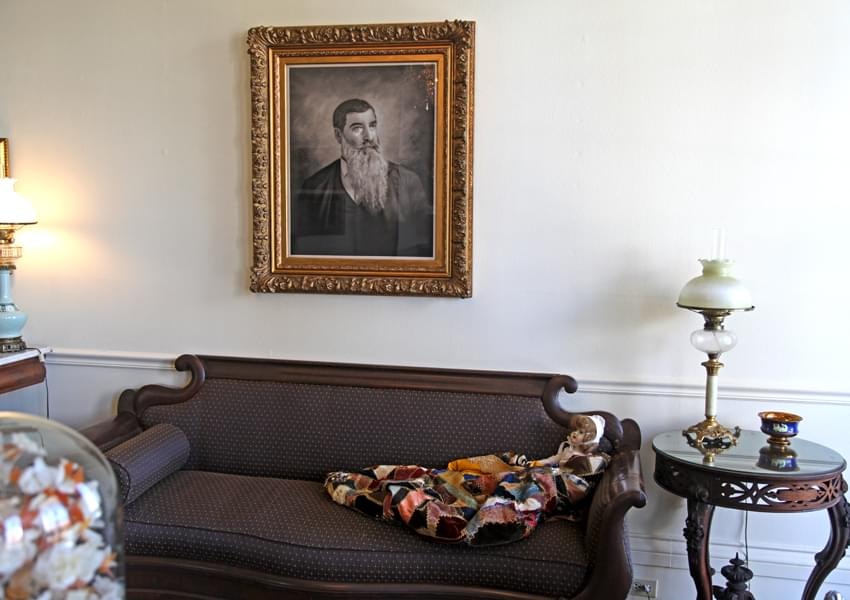


SOURCES INCLUDE
- Interviews with staff members, by Julie Carr
- haunteddeepsouth.blogspot.com
- findagrave.com/memorial/147321110/edward-jacobs
- haunteddeepsouth.blogspot.com, by Chere Cohen
- downtownshreveport.com
Our Haunted Paranormal Stories are Written by Julie Carr
